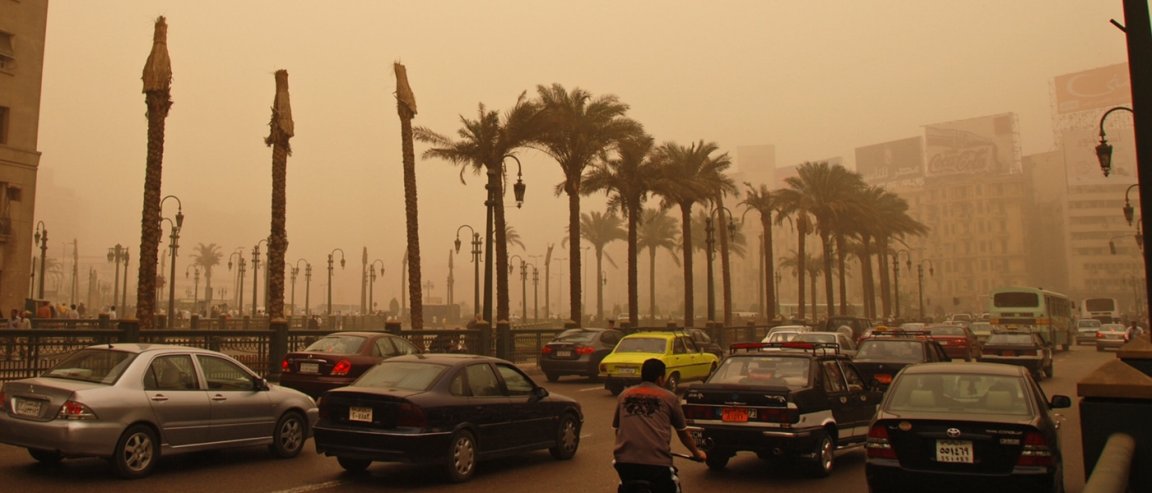
The climate change debate
Climate change remains a debatable issue for some. Despite the availability of scientific evidence (and, more recently, a documentary by a Hollywood icon) pointing to the reality of climate change, there are still those who dismiss the issue as fiction and propaganda. A lot of it has to do with carbon dioxide levels in the atmosphere.
(Un)surprisingly, both sides agree that carbon dioxide levels increase every year — the difference is accepting the impact of human-made CO2 emissions, which has increased significantly since the Industrial Revolution.

Well, perhaps these maps can help settle the score. A team of scientists from the Finnish Meteorological Institute, Helsinki created the first space-based maps of human-made CO2 emissions using NASA’s Orbiting Carbon Observatory-2 (OCO-2) satellite. They were generated using a new data-processing technique.
The maps show widespread CO2 across major urban areas and smaller pockets of high emissions in three regions considered to be the highest-emitters in the Earth: the eastern United States, central Europe and East Asia.
The results were published this week in Geophysical Research Letters.
Technology to better understand the environment
Previous CO2 maps tracked human contributions using satellite data, economic data and modeling. Now, for the first time ever, researchers made maps solely based on NASA OCO-2 satellite data.
“It’s a very powerful tool that gives new insight,” said lead researcher Janne Hakkarainen. “OCO-2 can even detect smaller, isolated emitting areas like individual cities.”
To ensure the accuracy of the maps, the team compared the OCO-2 data with nitrogen dioxide (NO2) — another fossil fuel combustion gas — measurements taken by the Ozone Monitoring Instrument (OMI) in NASA’s Aura satellite. There was good correlation between the two measurements.
This is crucial, especially today when climate change critics often accuse scientists of manipulating data. As technology develops, we can better appreciate the extent of our impact on the environment. Better understanding can lead to more informed decisions on how to best deal with the Earth’s climate crisis.